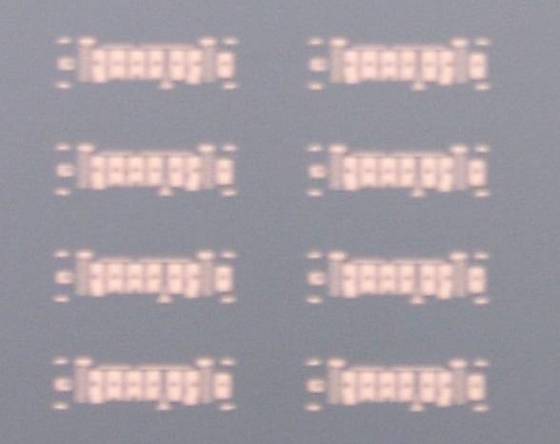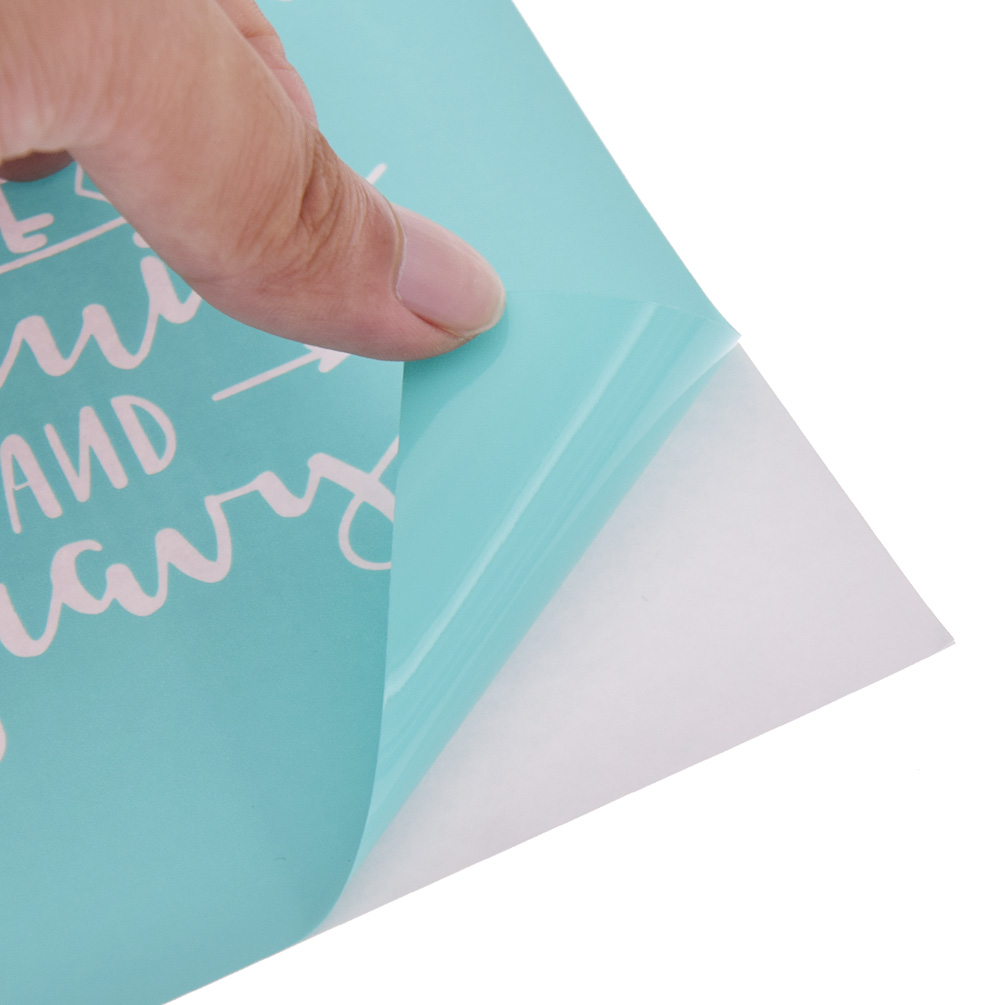
The process is repeated as often as required for multi-colored items. Each item is then heat cured to permanently set the ink. When printing multiple items the squeegee floods the screen again with a return stroke. Ink is placed on the top side of the screen and a rubber squeegee blade is pulled across the top of the screen, pushing the ink through the stencil onto the substrate.

The screen is fit to a press and a substrate to be printed is placed under the screen. A jet of water is used to wash from the screen any of the emulsion that has not been hardened by the ultra-violet light, creating a stencil corresponding to the image on the film. The positive film transparency and coated mesh are placed together and then exposed to ultra-violet light. The image to be printed is output onto a film transparency. The mesh is coated with a light-sensitive emulsion or film that, when dry, blocks the holes in the mesh. The process begins with a fine nylon mesh stretched over a wooden or aluminum frame. Applications include store displays, posters, advertising boards, electronic equipment marking, textiles, clothing and bumper stickers. Today, screen printing is used everywhere. While quality improvements have been made in the equipment and materials used for silk screen printing, little has changed in the actual process.

At this time silk screening popularity increased and an industrial printing process for flags, banners and advertising signs in stores began.

In 1914 the process was expanded for multicolor printing with a screen process. It involved silk stretched on frames to support hand painted stencils. The modern silk screen printing process was patented in 1907.


 0 kommentar(er)
0 kommentar(er)
